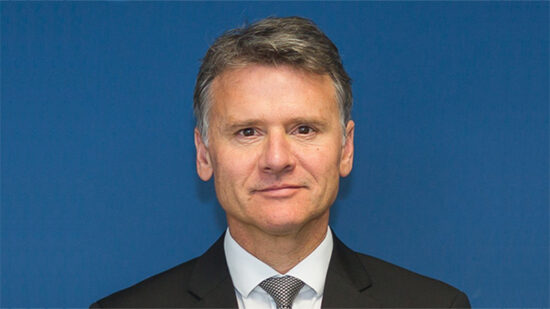Following from the recent announcement by The Pensions Regulator (TPR) that the watchdog plans to share interim guidance on decumulation, UK Adviser spoke to Mark Northway, investment manager for the investment service, Sparrows Capital.
Northway discusses how capital can be maintained, how financial advisers can work with clients worried about running out of money during this phase and how the FCA’s Retirement Income review will impact the market.
What are the best strategies for maintaining capital during decumulation?
Decumulation strategies involve a fundamental dilemma, particularly since the introduction of pension freedoms. The motivation to maximise legacy values must be tempered by the fear of outliving one’s pension savings.
There is no one-size-fits all strategy for addressing this dilemma, but there are an increasing number of useful tools available to advisers. The range of solutions has become far more attractive following the normalisation of interest rates in 2022 and 2023.
Much will depend on the size of a prospective pensioner’s retirement savings relative to their intended cost of living. It is important to size the client’s target retirement income as a smaller pot may only address a portion of target income. A larger retirement pot – one that exceeds the cost of providing a safe retirement income – can be viewed as containing a discrete legacy component.
Strategies addressing smaller pots must focus on managing longevity risk and on certainty of outcome. In recent years the traditional annuity has looked prohibitively expensive, but that has now changed, at least in nominal terms. Advisers have tended to focus on smoothed funds or have simply relied on the accumulation growth portfolio, perhaps with the addition of a cash pot to address sequence of return risk.
Modelling suggests that a combination of income and growth products can, in most instances, reduce longevity risk while still providing attractive expected legacy values, this is particularly the case where mortality pooling guaranteed income instruments are used.
For those retirees who have built up a legacy component to their retirement savings, this portion of the pot can and should be used to target long-term growth, which means continued exposure to stock markets, restricted only by the client’s attitude to risk.
What are your strategies for sequencing risk?
Our modelling suggests that traditional growth portfolios, while producing strong long-term expected returns, are nevertheless surprisingly prone to sequencing risk. We have estimated, for example, that a 100% global equity portfolio with a traditional 4% nominal withdrawal rate, carries a 1:14 chance of depletion after 20 years. This rises to 1:7 at a 5% withdrawal rate.
Here, combining a growth portfolio with guaranteed income provides an efficient way of reducing longevity risk and sequence of return risk simultaneously. This strategy maintains the exposure to growth assets, which produces attractive expected portfolio values and provides some degree of expected inflation protection.
How should advisers work with clients worried about running out of money in the decumulation phase?
The point of retirement (and arguably the years immediately before retirement) is where an adviser can really shine. Choices, costs and tax implications can be bewildering for clients, and mistakes at this point can be extremely costly. Explanation, looking at potential future scenarios and mentoring are all part of the adviser toolkit at this stage.
The thought of running out of money is very concerning for many, and needs to be specifically addressed in the advice process. Where the retirement pot is insufficient to safely address income expectations, there needs to be an early reassessment of living standards.
There is a tendency for advisers to deal with inadequate pension provision by increasing equity risk to bridge the expected shortfall. This increases the sequencing risk (and consequently the chance of running out of money) in exchange for an improved median expected return, but client experience isn’t limited to the median outcome. This is surely foreseeable harm.
To read more on this topic, visit: 35% of employees worried they won’t be able to afford to retire
What trends are you currently seeing in the decumulation market?
We are seeing innovation around integration of customised solutions on platform and within the SIPP wrapper. These provide the client with a better overview of their overall financial position in retirement, and provide greater flexibility as payments are made into the SIPP to be drawn as required.
We are also seeing the development of bespoke principle protected strategies which could prove more effective than traditional glidepath approached pre-retirement.
What can the decumulation market expect from the FCA’s Retirement Income review and how will it affect the market, will it be positive or negative?
The FCA is expected to focus on the changes made to portfolios at the start of the decumulation phase, and the reasoning behind those changes. This will underline the different decision frameworks required for accumulation and decumulation and will place an onus on advisers to take positive action and to review that action regularly. This can only be a good thing.
How has the rise in annuities impacted the way advisers have interacted with those in the decumulation phase?
Annuities have certainly grown in popularity, but the past decade of near-zero interest rates has underlined the importance of growth assets in a retirement portfolio. That genie isn’t going back in the bottle anytime soon, even though market return expectations remain lacklustre.
We are, however, seeing a renewed appreciation of the benefits of pooled mortality risk to the individual retiree. As more innovative and more flexible guaranteed income schemes come to market, we expect them increasingly to usurp the traditional role of fixed income in retirement portfolios.








